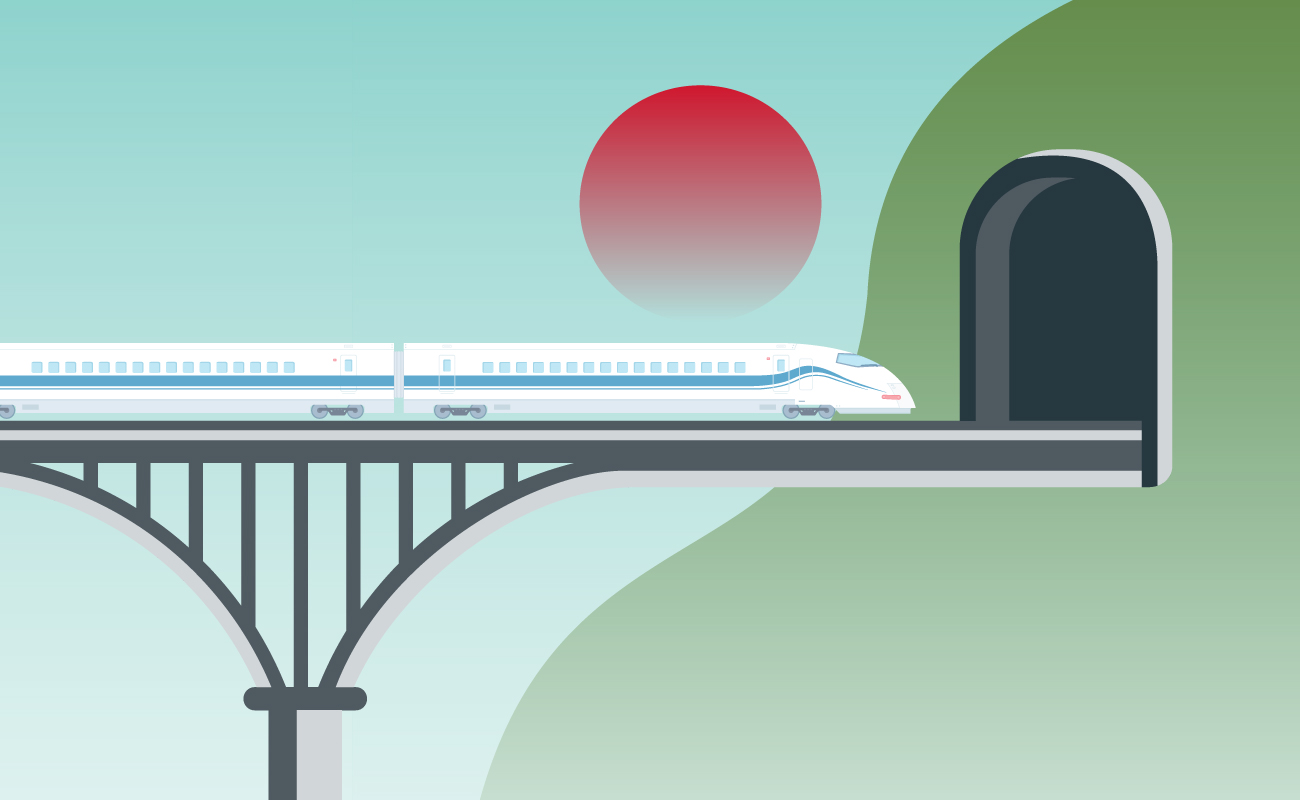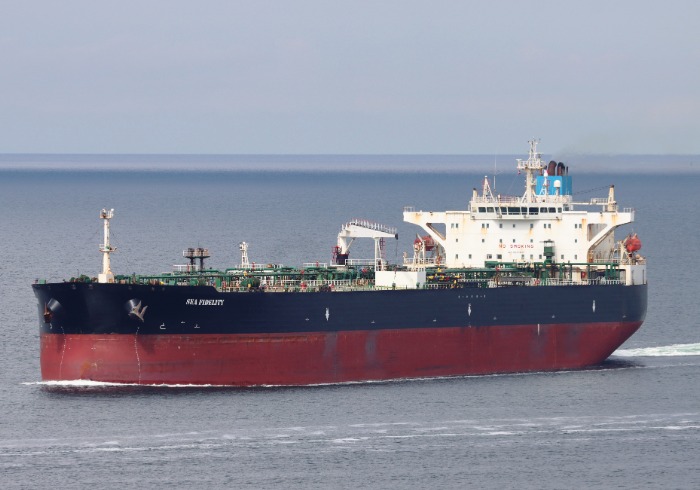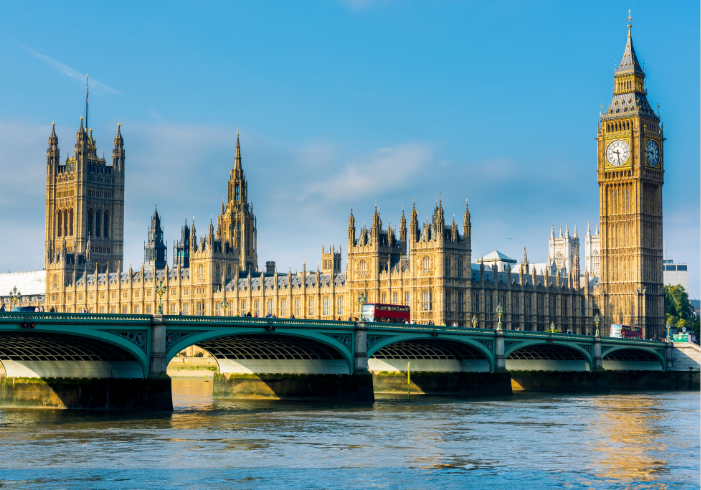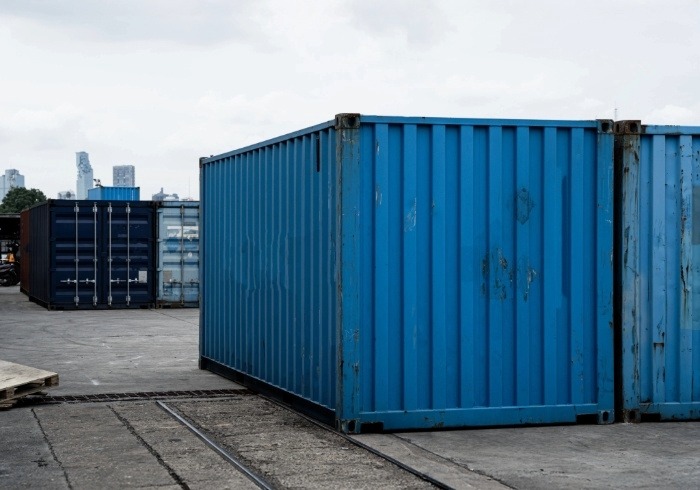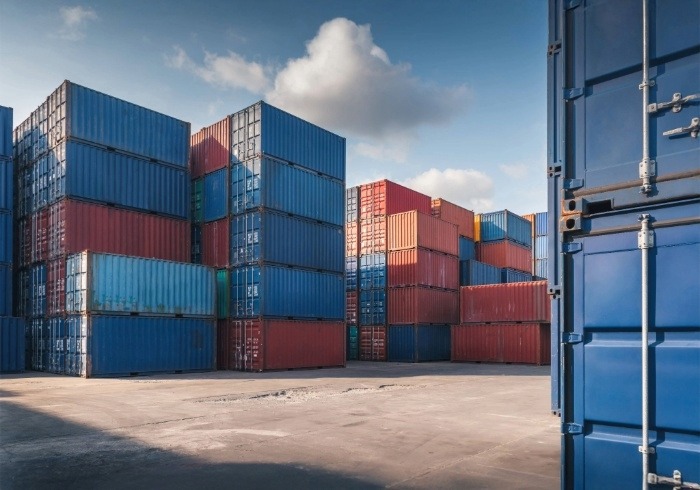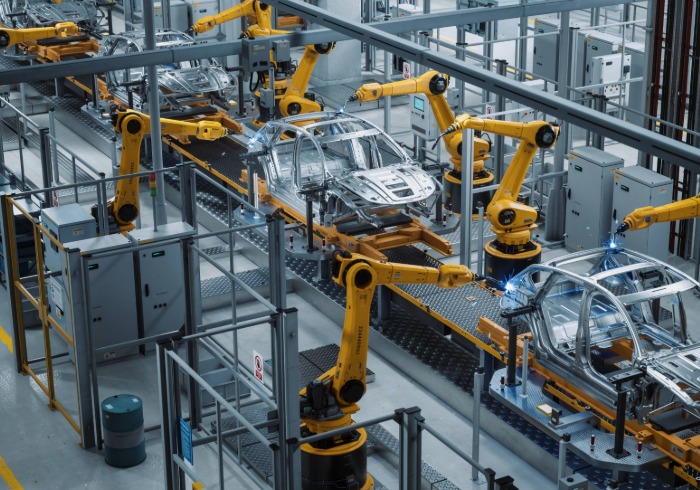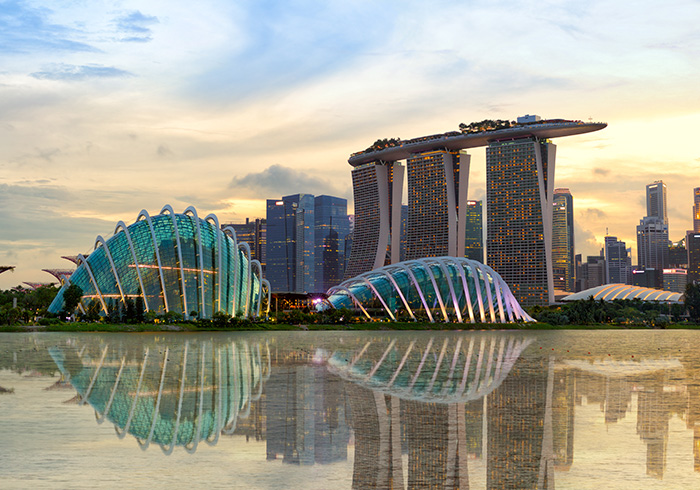Countries across the world are racing to become the next to build a high-speed rail network. But Finbarr Bermingham discovers that many projects have trouble getting off the platform.
The high-speed rail (HSR) line between Tokyo and Osaka carries 151 million passengers a year at up to 270km an hour. Since its inception in 1964 (it opened to coincide with the Tokyo Olympics), 5.3 billion passengers have journeyed on it, making it by far the most-travelled HSR line on the planet. With its sleek, futuristic design, eerily noiseless conveyance and painstakingly punctual record, the bullet train – or shinkansen – that rides along the track is viewed as the pinnacle of Japanese innovation. It’s often used as a metaphor for progress: they say that as long as the shinkansen is going forward, then so too is Japan.
Alas, adventures in high-speed rail don’t always play out so smoothly. The happy endings are rivalled by tales of catastrophic failure. There’s been failure of the tragic variety: the Wenzhou train collision of 2011 killed 40 people in China, while the Santiago de Compostela derailment in Spain earlier this year claimed the lives of 79. There have also been screaming failures of the financial ilk: the Taiwanese edition tangled with bankruptcy in 2009 before it was nationalised, while Britain’s HS1 was transferred to government ownership in the same year, after it too ran into financial difficulties.
But such calamities haven’t acted as deterrents. There are HSR projects under construction everywhere from Morocco to Indonesia to Dubai. Feasibility studies are being drafted from Brazil to Australia and the UK to Kazakhstan, all with the intention of someday delivering a train network that transports people at up to 360km an hour.
The benefits of HSR are often disputed (at least in relation to the money it takes to achieve them), but there are a few incontestable facts: a high-speed train will get people from A to B more quickly than a standard train, and additional rail capacity, high-speed or otherwise, relieves pressure on existing lines. And in some instances, the impact HSR can have on trade and trade facilitation can be transformative.
The great eastern
Southeast Asia has taken the bull by the horns: plans are afoot to construct a HSR network spanning the region, with the mooted arterial line to link Kunming in China with Singapore, passing through Laos and Malaysia along the way. In Myanmar, the ambitious US$50bn Dawei deep sea port megaproject will establish the coastal city as a regional industrial hub. A HSR line will run alongside a pipeline carrying Middle Eastern gas from Dawei to Kunming. With direct trade and transport links to the Indian Ocean, China will have the strategic western seaboard it has long been seeking.
“I’m sure that in your mind, you have a map of the region and I’m almost certain you’ve been reading it from north to south and back. But if you look from west to east and back you see a number of advantages,” Pierre Chartier, economics affair officer at UN’s Economic and Social Commission for Asia Pacific (UNESCAP)’s transport division tells GTR. “For China, these rail lines give it access to a port on the western seaboard. Right now, if China wants to use the shipping route it has to go all the way down around Malaysia and Singapore by the Strait of Malacca. The same advantages that China stands to gain apply to Laos, because it’s landlocked.”
Since the Asean nations have been at peace, intra-regional trade has accelerated. Between 2000 and 2011, bilateral trade between China and other Southeast Asian nations rocketed from US$30bn to US$292bn. Countries are more inclined to collaborate on projects and realise that if they’re to continue to develop, they need the underlying transport infrastructure to serve the new trade flows.
The HSR projections are part of what Chartier calls “an Asean connectivity masterplan”. He says: “There was a declaration of this in Hanoi in 2010 and a big meeting in Thailand in 2011. There’s a political will that’s more real and common than ever before. The Asean way is to not leave any country by the wayside, which is why we see so many routes planned, including all the countries.”
But if Chartier paints a picture of regional political harmony, he’s less enthusiastic when he’s pushed on the timeframe within which he expects the first ground to be broken on railway construction. “I’ve been working in the UN transport division for 15 years,” he says, wearily. “Every two years they tell me: ‘Next year we start!’ So I just wait and see. If you ask me at this stage what are the most likely projects to get off the ground, I wouldn’t be able to tell you of any.”
In many of the participating nations, sections of the general public remain unconvinced as to the benefits of HSR. The Laotian government is set to finance the US$7.2bn line through its country with a loan from China. The figure represents 86% of the nation’s GDP and will be used to lay 418km of track through a country whose current railway network adds up to a grand total of 3.5km. How many Laotians will use the track is debatable, with critics arguing that it will be nothing more than a glorified Chinese trading route.
In Thailand, there’s been mass opposition to the THB2.2tn (about US$42bn) raft of rail projects the government hopes to complete by 2020. The Democrat Party – Thailand’s official opposition – has questioned how many Thais will be able to afford to ride the line, claiming that a journey will cost the same as a flight on a low-cost regional airline. The party has claimed that the trains will run at a loss for 223 years.
And herein lies the main problem with HSR (or indeed, with any infrastructure projects of such magnitude): the cost. The figures batted about are truly mindboggling, no matter which jurisdiction you’re discussing. In the UK, it’s feared that the bill for HS2 could top £50bn (or £80mn per mile), the Californian edition is expected to cost close to US$70bn, while the additional 17,000km of lines China intends to lay by 2020 will set Beijing back an incredible US$300bn.
Picking up the tab
There is no single way of funding a HSR project, but historically, very little of the finance has come from the commercial banking sector. “If you compare this to other sectors – energy generation, hospitals or roads, we don’t have enough examples,” says Johannes Schmidt, head of infrastructure at Siemens Financial Services. “On the financing side, if it’s a hospital, road or rail system, you want to have a solution for when the thing is late. With roads, you have a fairly clear understanding and many precedents. On the HSR side, there are few. It’s much more complicated. We don’t have the experience in how to deal with ‘what if?’ questions.”
This uncertainty partly explains the reluctance of private banks. When there has been debt financing, it’s usually come from multilaterals, rather than the commercial banking sector. The European Investment Bank (EIB) has pumped loans to the tune of €1.5bn into the HSR linking Istanbul and Ankara. Richard Bullock, an independent railway consultant who has worked extensively on HSR for the World Bank for 10 years tells GTR that the bank has been “kicking up to US$400mn into each project in China, which is a tiny amount of the total finance”.
Bullock has spent the past two years working for the Australian government, conducting a big feasibility study into the proposed HSR line connecting Brisbane and Melbourne, via Sydney. In the UK, the government has been persistent in stating that it expects the private sector to foot much of the ever-growing bill for HS2. But in Australia, they seem to be more realistic.
The feasibility report states that “only 14% of the future HSR programme could potentially be funded via private debt”. Bullock thinks even that estimate is hopeful, saying that if any high-speed project managed to cover 5% of the total costs with project financing, they’d be doing well.
In reality, most financiers are put off by the non-commercial nature of many projects. In order to make a decent return, lines have to be constantly busy. It means you need a sizeable population – in Japan the Tokyo to Osaka line operates across an area with more than 53 million inhabitants and, unsurprisingly, runs at a healthy profit.
HSR also must be able to supplant existing forms of transport. This has worked in China, where the rail network has completely displaced air travel up to distances of 600km. It’s also worked on occasion in Europe: when they opened a HSR line between Paris and Brussels, virtually all flights were unchartered, permanently.
Over long distances, though, it might be more difficult. The Australian report says that the network “would produce only a small positive financial return on investment in real terms” by 2085. This kind of investment may certainly be of interest to institutional investors, but no banker worth his salt would look at it twice. “You won’t get private finance on the main infrastructure unless they change the way they do it,” says Bullock.
Making it more attractive
In the past, most HSR projects have been funded singularly. Packaging them on a more piecemeal basis may make them more commercially attractive, says Tom Johnson, head of rail at Norton Rose Fulbright. “You could parcel it into different segments. Some of the heavy infrastructure such as bridges, embankments and tunnels which have large upfront engineering costs but low maintenance costs down the road could be one package, with rail infrastructure such as signals, communications, etc, which cost less upfront but have ongoing maintenance costs as a second, with rolling stock as a third package.”
The rolling stock package is perhaps the most logical destination for private capital, since the revenue generated by a line will almost always cover the cost of running the trains – even if that’s not a great proportion of the total cost. Bullock also sees the potential involvement of private finance in the construction of stations and terminals.
He says: “If the local government wants to redevelop a whole area and have the station as a key element in that, you can, almost certainly, generate a lot of value. This could help pay for the terminal, which may cost a few billion. That and rolling stock are areas where I can see private capital having a role in providing the assets.”
But ultimately, the main tool for a government hoping to attract finance is to reassure potential lenders of the security of their investment. Availability payment contracts, by which the government sponsoring the project would guarantee the number of passengers on the line, might help encourage investors otherwise deterred by spurious traffic forecasts dreamt up by project stakeholders who stand to benefit from their inflation.
“An investment firm told me recently that the main thing they’re interested in is the traffic on the line in year one,” says Bullock. “Whatever they can get in year one, they can improve on in year two, three and so on. Either the lender is very confident that year one investment will make enough to get the debt repaid, or you wait and invest in, say, year five – which is what the Canadian pension funds [Borealis Infrastructure and Ontario Teachers’ Pension Plan] did with HS1. For them, it’s a good deal. It’s guaranteed revenue.”
For other financiers, though, HSR may be a bridge too far – but that’s not to say projects should grind to a halt as a result. Most marvels of the architectural world (the Forth Bridge, for instance, constructed in 1890) wouldn’t make it through the kind of forensic cogitation we see played out in public today.
Where the feasibility studies struggle to attribute benefit to HSR, the debate should end there. But when it’s proven to benefit the trade and wider economies, the case for central funding becomes much easier to argue.


